Once you have purchased your first 3D printer and have moved on to start printing, you need to ask yourself what material should I use for 3D printing. Different materials have different properties and are suited to certain parts. The filament you use can greatly affect your final prints. Thus, it’s important that you know something about 3D printing materials and your specific printing needs. Here’s a guide to some different types of 3D printer filament used for FDM 3D printing, which will help you figure out which types work with your 3D printer and suit your specific needs.
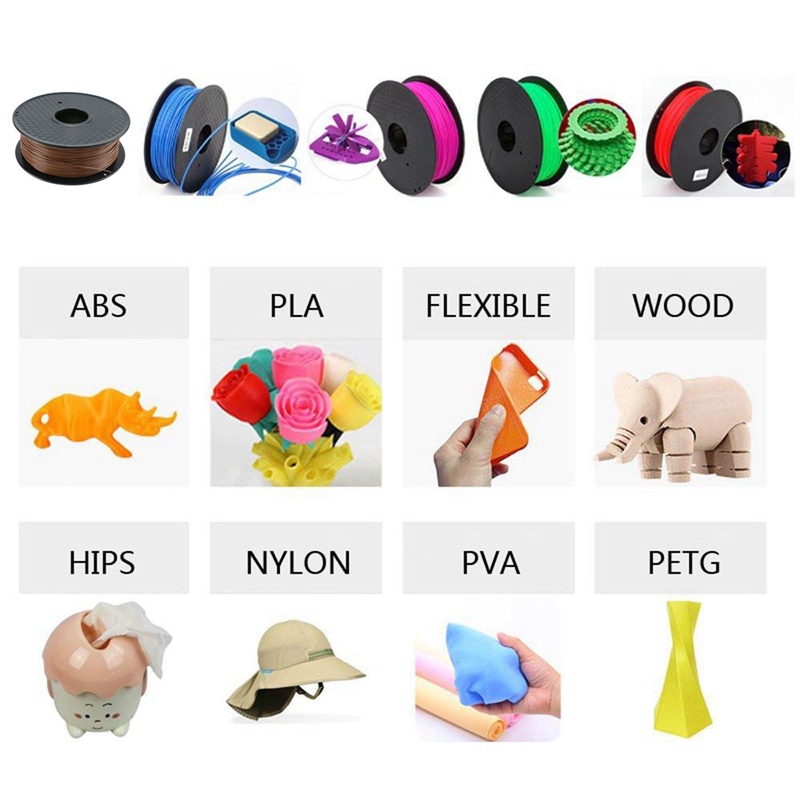
Selecting a particular material requires a bit of thought. What models are you designing? Would you like your print to be flexible or ultra-durable? Will it be used indoors or outside? Is it a complicated design which requires additional support? These are all questions that will eventually affect your decision. For instance, if you’re printing a functional prototype such as a tool or spare part, you’ll want it to be strong and durable to endure a lot of wear and tear; if your 3D model contains large bridges, deep cavities or overhangs, you’ll need some material to support it.
For Easy Printing
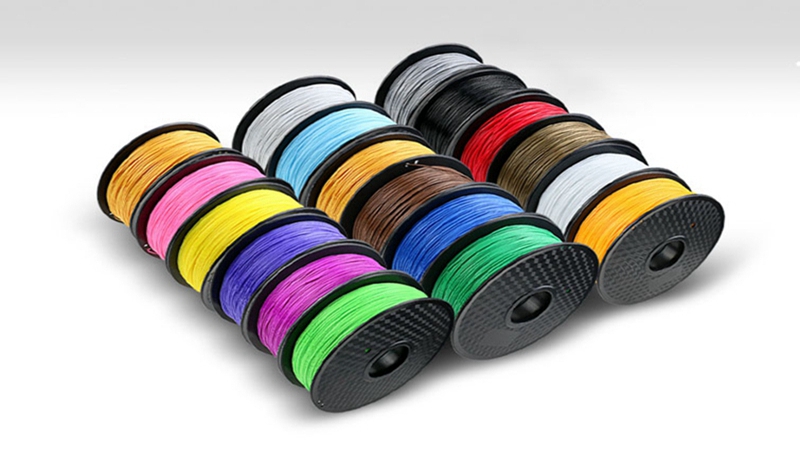
If you are just a 3D printing novice or are looking for a material that prints quickly and consistently every time, you could start with PLA (Polylactic Acid) filament. This material is consistent, easy to use, and comes in an array of colors, making it suitable for concept models and functional prototypes. Manufactured using renewable raw materials like sugar cane or corn starch, PLA is also biodegradable and eco-friendlier.
For Durable Prints
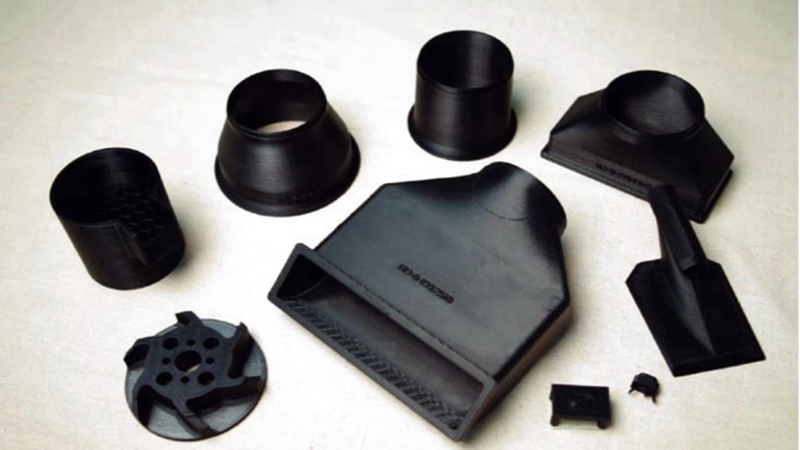
If your design requires great toughness and durability, then ABS (Acrylonitrile Butadiene Styrene) filament can be a good choice for you. ABS is much more durable than PLA and has other merits such as heat resistance up to 85℃, which is very helpful if the print is going to be used in daily operations. However, ABS do generate an unpleasant smell when heated and the vapor can contain certain nasty chemicals, thus good ventilation is needed for proper 3D printing. Another material known for its toughness is Nylon. With a high strength-weight ratio, low friction rates as well as anti-corrosion characteristics, Nylon is ideal for applications like tooling and end-use parts.
For Heat Resistance
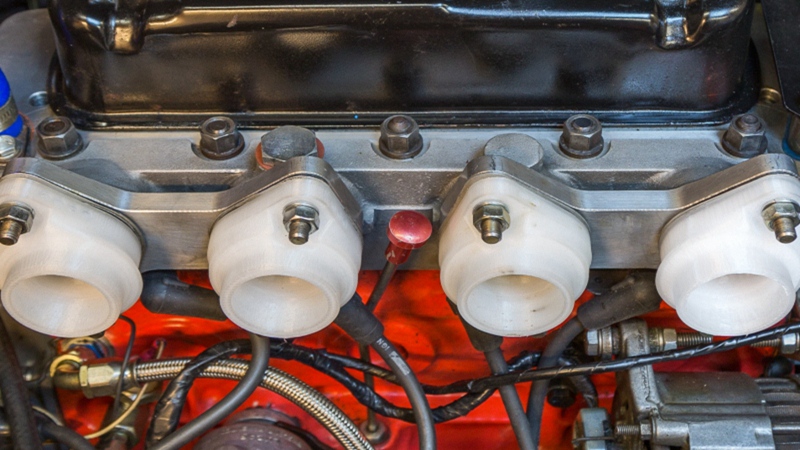
Though ABS do have a good heat resistance, it can be broken down by UV radiation, it’s therefore unsuitable for long-term outdoor use as ABS loses its color and becomes brittle. PC (Polycarbonate) filament is a good alternative. It has good temperature resistance, able to resist any physical deformation until around 150℃, but it’s prone to absorbing moisture from the air, thus affecting printing resistance and performance. That’s why PC has to be stored in airtight containers. CPE (Co-Polyester) filament is another option of filament with good heat resistance and added benefit of chemical resistance.
For Strong Yet Flexible Prints
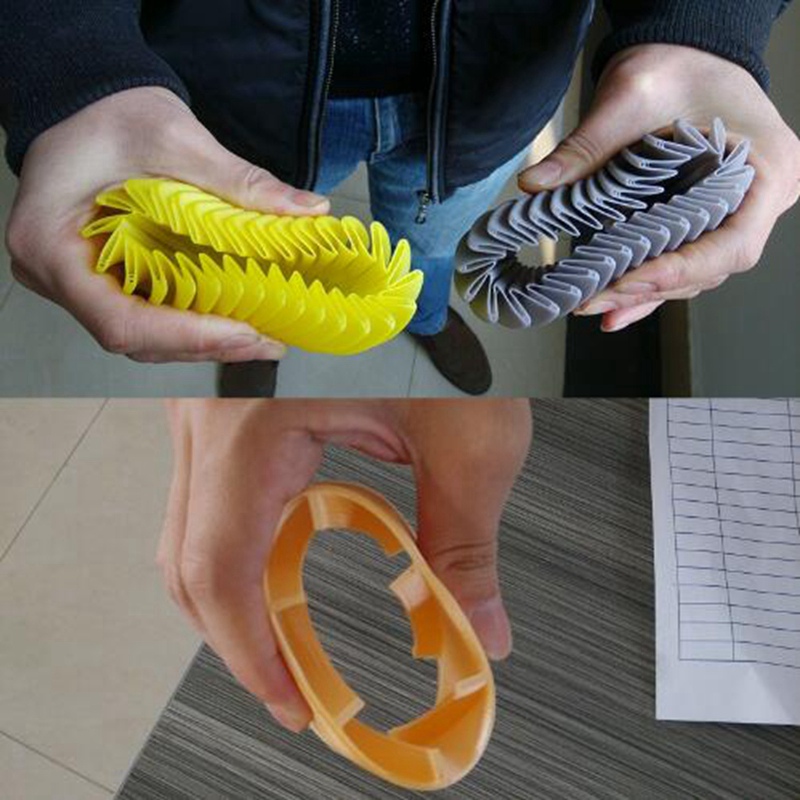
If you want both strength and flexibility in your 3D print, a good option is TPU (Thermoplastic Polyurethane). With a shore hardness of 95A and up to 580°elongation at break, TPU is ideal for creating rubber-like prints such as phone cases, flexible joints and wearable prints. PP (Polypropylene) is also a semi-flexible material with good chemical resistance, fatigue resistance, high levels of toughness and low friction rates. PP is the go-to material for creating prototypes and end-use parts such as electrical components and living hinges.
For Aesthetic Appeal
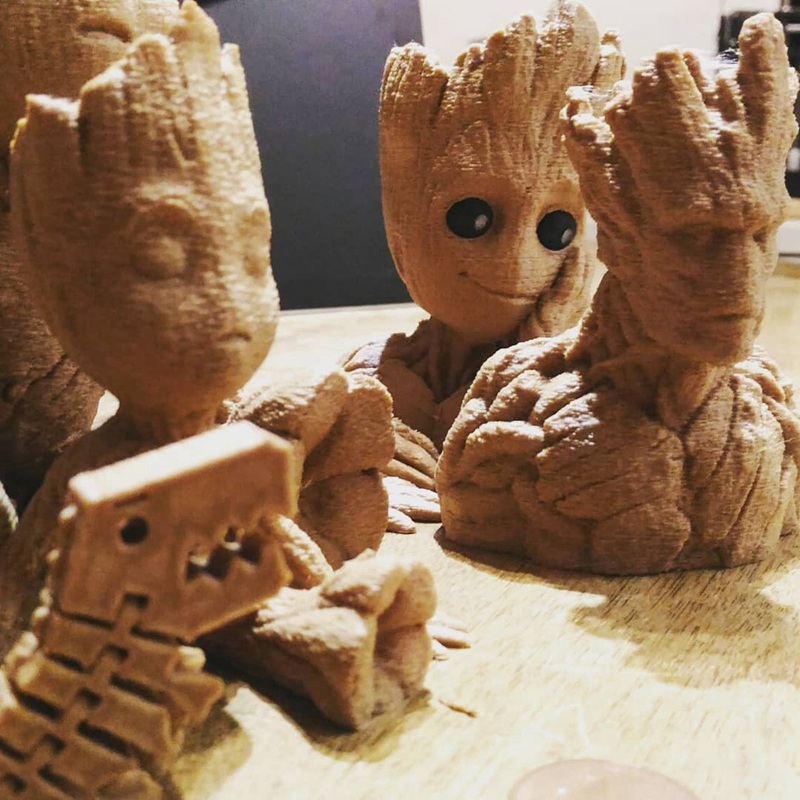
If you want your 3D prints to have high visual appeal and aesthetic appeal, 3D printing materials with a wide variety of colors offer you plenty of options. PLA comes in a wide variety of colors and is able to print the elaborate details needed in functional prototypes. Besides, hybrid materials that combine base plastics such as PLA with powders give them a new color or finish. Moreover, there are also wood-based or metal-based filaments that have wood-like or metal-like texture and finish.
For Soluble Support

If your 3D design contains large bridges, deep cavities or overhangs, you’ll need to print supports, and that’s where you may need soluble materials. Soluble materials are materials printed with the intention of being dissolved in a future stage of the manufacturing process. PVA (Polyvinyl Acetate) and HIPS (High Impact Polystyrene) are the two most common soluble filament materials. HIPS can be dissolved with limonene, while PVA can be dissolved using just water, leaving you with a finished print that is smooth and delicate.
FDM technologies are best known for using thermoplastic materials in 3D printing. There are myriads of plastics and different properties for each of your projects. Once you’ve decided on a specific material, refer to a further detailed article with pros and cons, best practices, hardware requirements, tips from professionals, example projects and more to make the most out of this 3D printer filament and your 3D printer. We hope you find this article of value and have learned something helpful to the question “what material should I use for 3D printing?”. Have a nice day and happy 3D printing!
Post time: Aug-20-2019
